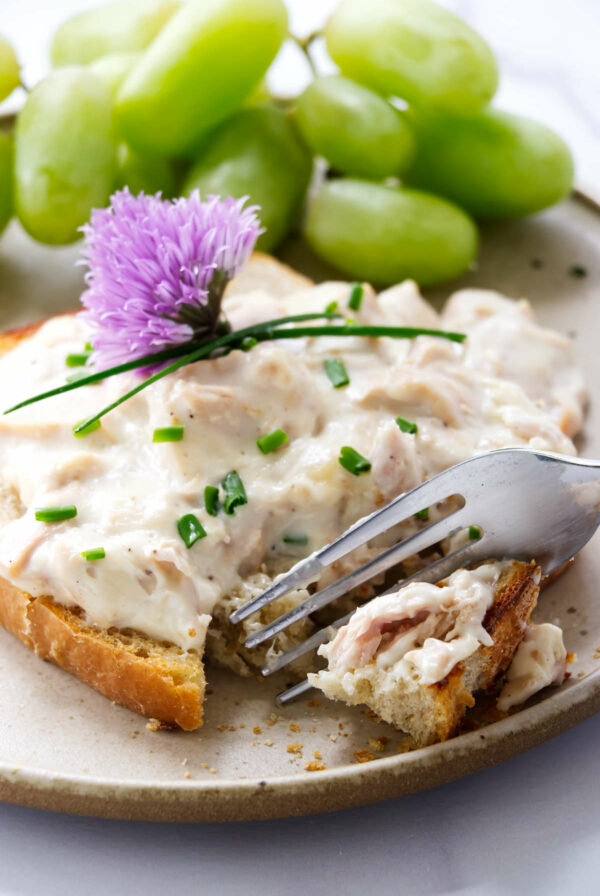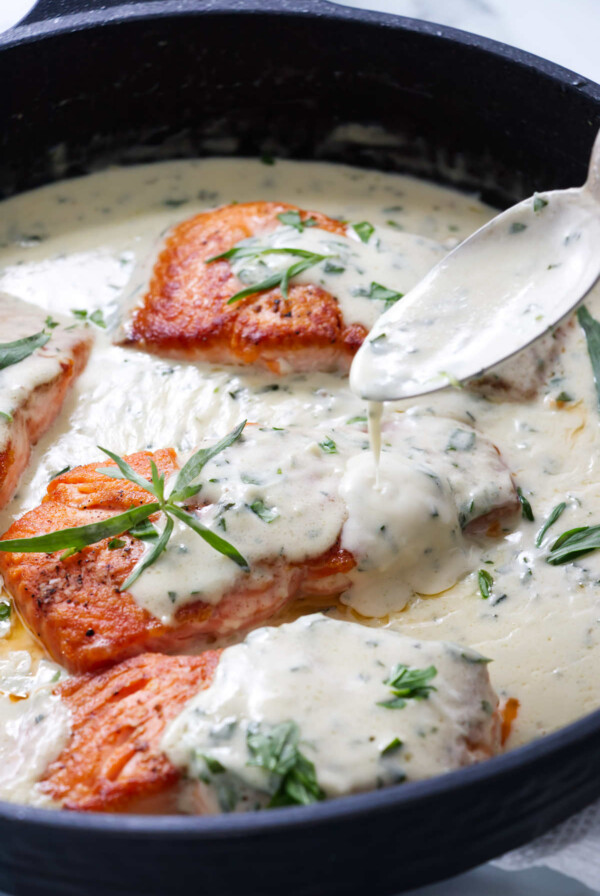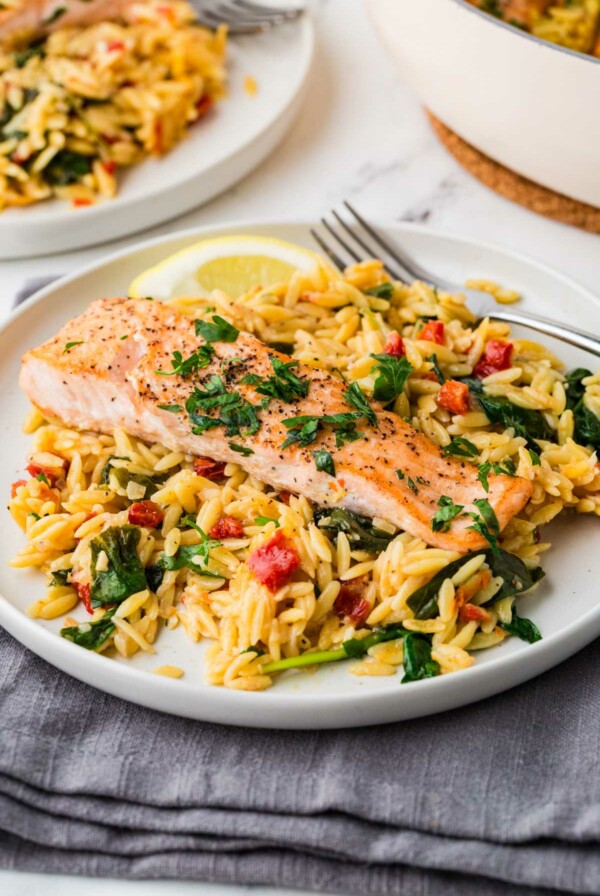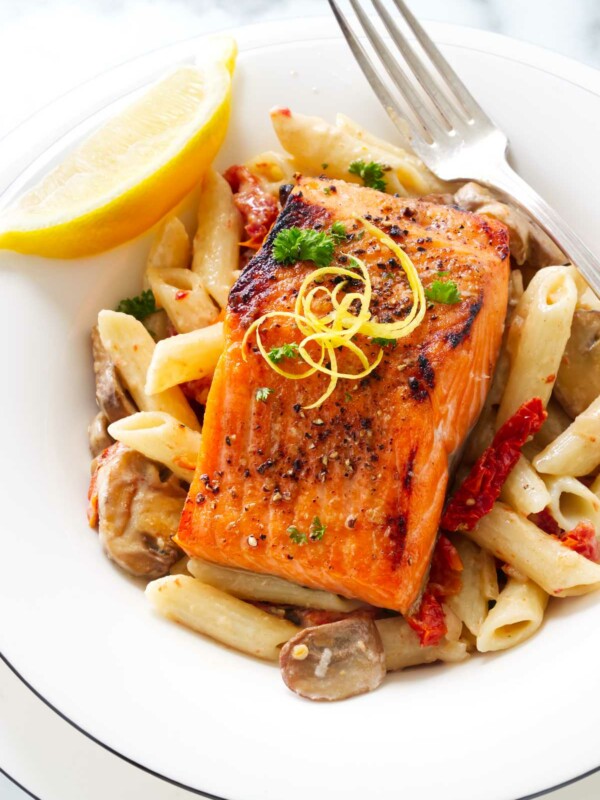This post may contain affiliate links. Please read our disclosure policy. As an Amazon Associate, I earn from qualifying purchases.
We love cooking with salmon in our households. It’s delicious and versatile, making it perfect for a variety of dishes. Whether you’re looking for a quick salad or a show-stopping main course, we’ve got some fantastic salmon recipes for you to try.
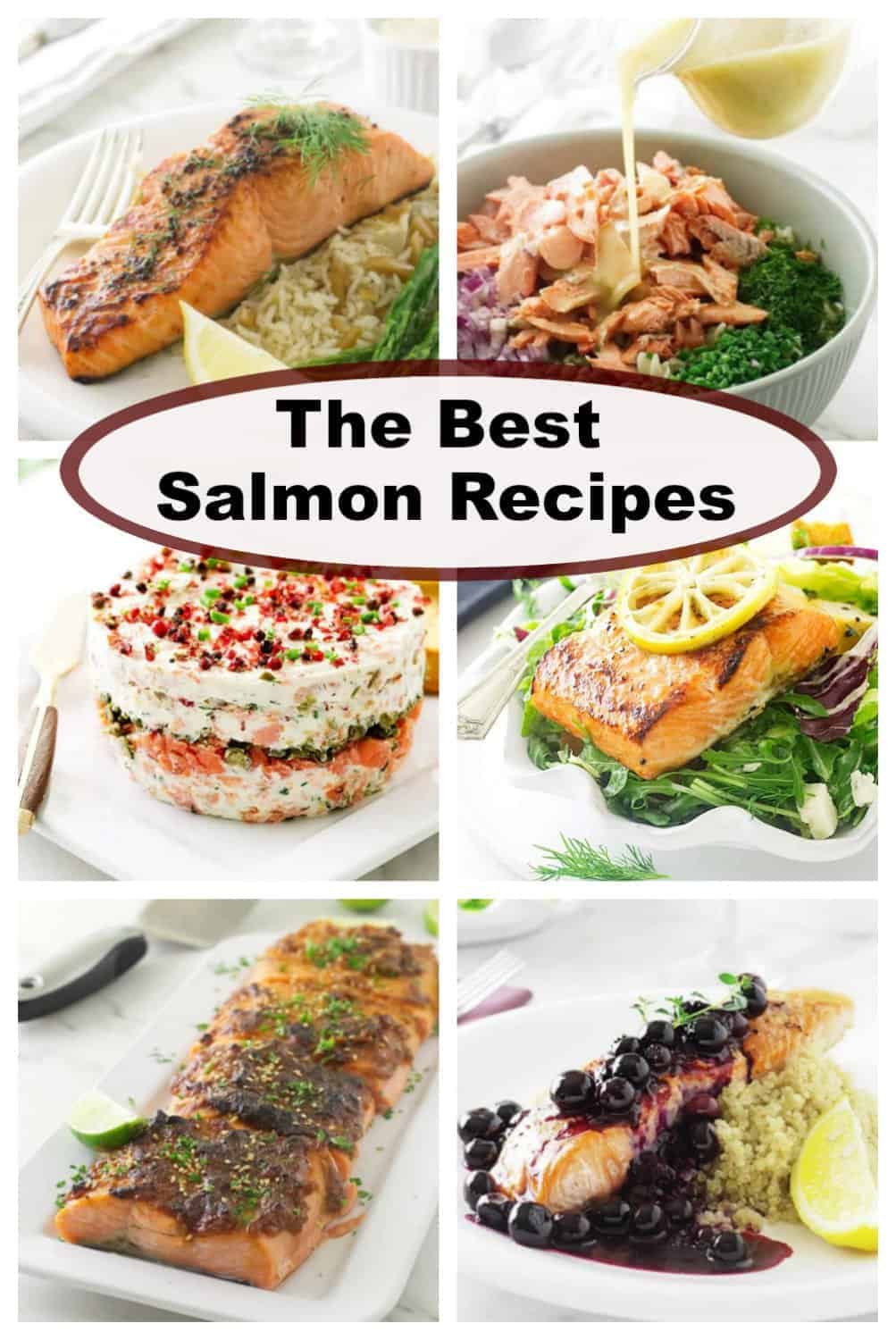
Living in the Pacific Northwest makes it easy to find fresh salmon and perhaps that is why we eat so much of it. But no matter how accessible a certain food is, if it doesn’t taste good, no one will enjoy the meal.
If you think salmon is bland, dry, and boring then it just hasn’t been prepared correctly. Done right, salmon is moist, tender and incredibly delicious. We have some tips to help you make the best salmon recipes.
Whether you have a premium cut of fresh, wild-caught Copper River Salmon or a frozen fillet of farmed salmon, you can make it taste better than a restaurant with our tips and tricks.
Tips for making the best salmon recipes
1. Select the freshest salmon.
You want fresh salmon but how can you tell if it is still fresh? First off, the meat should look firm, moist and evenly colored. If it is dried out or has brown spots, that is a sure sign that the salmon is older.
It should also smell clean, not fishy. Are you wondering what “clean” smells like? A fish that smells clean won’t have much smell at all. It is kind of like smelling clean air, you just know it isn’t polluted.
2. Remove the pin bones.
Pin bones are small needle-like bones that are just under the flesh. You can ask your fishmonger to remove them or you can easily remove them yourself.
If you drape the fillet over an inverted bowl, the pin bones will protrude easier. Just run your fingers over the flesh and when you feel them, pluck them out with tweezers or needle nose pliers.
3. Give the salmon a quick brine.
Brining salmon isn’t an essential step but it sure does make the fish taste better. A brine will help the fish retain moisture and make it incredibly tender.
It doesn’t take long to brine salmon. All you need to do is soak it for 10 to 15 minutes in a salt water solution that consists of a ratio of 1 tablespoon of salt to 1 cup of water. Make sure you pat the salmon dry before you cook it.
4. Don’t overcook the salmon.
This is the most important tip. No matter how well you choose and prepare your salmon, if you overcook it you will defeat your purposes. Even if you brine the salmon, an overcooked salmon will be dry, leathery, and greasy.
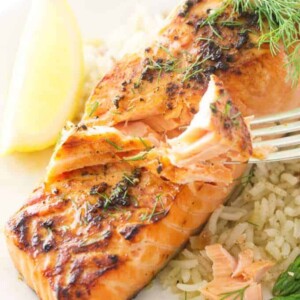
Broiled Copper River King Salmon
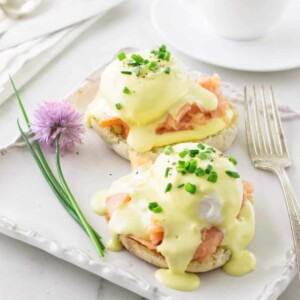
Smoked Salmon Eggs Benedict
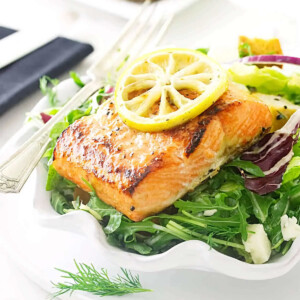
Herb Salmon Salad with Blue Cheese Dressing
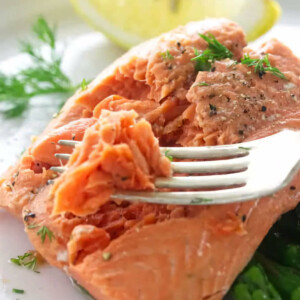
Steamed Salmon

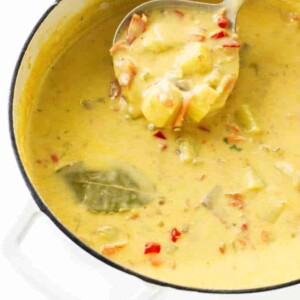
Wild Alaskan Smoked Salmon Chowder
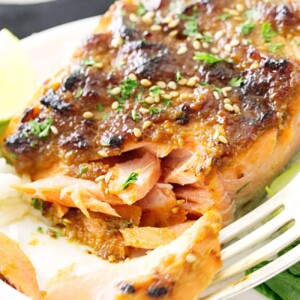
Red Miso-Hoisin Salmon
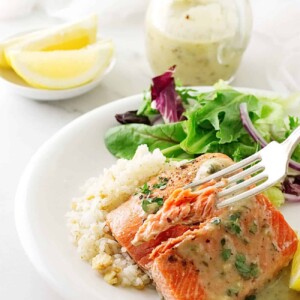
Cedar-Plank Sockeye Salmon with Hazelnut Vinaigrette
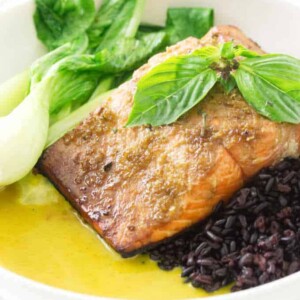
Salmon with Thai Yellow Curry
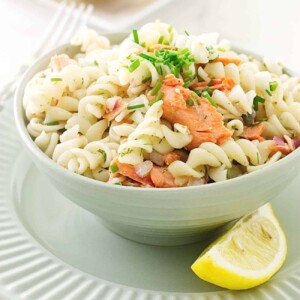
Salmon Salad with Spelt Pasta
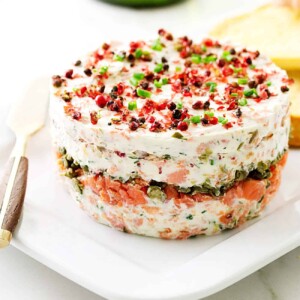
Smoked Salmon Torta
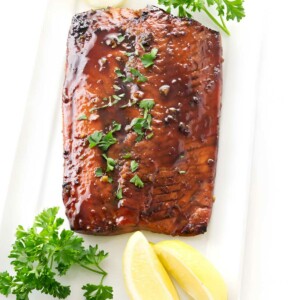
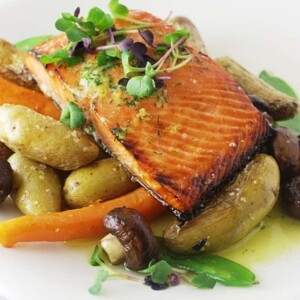
Honey-Lemon Glazed Salmon Fillets with Lemon-Dill Butter
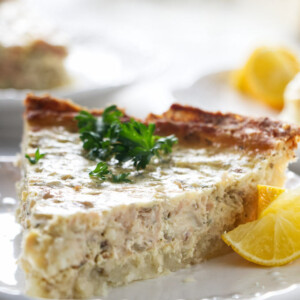
Salmon Quiche with Potato Crust
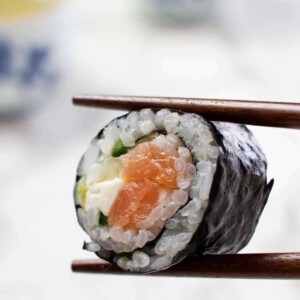
Smoked Salmon Philadelphia Rolls
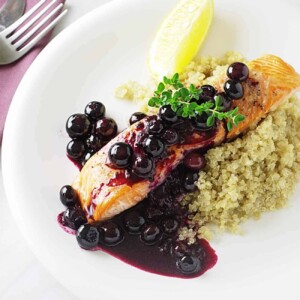
Wild Alaskan King Salmon with Blueberry Sauce
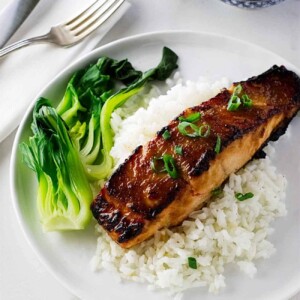
Ginger-Miso Glazed Salmon
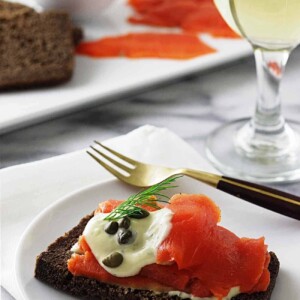
Salmon Gravlax
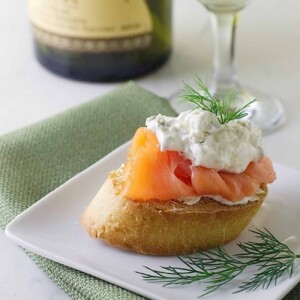
Mascarpone and Smoked Salmon Bruschetta
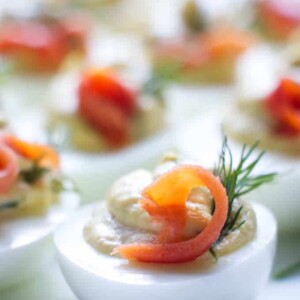
Smoked Salmon Deviled Eggs

